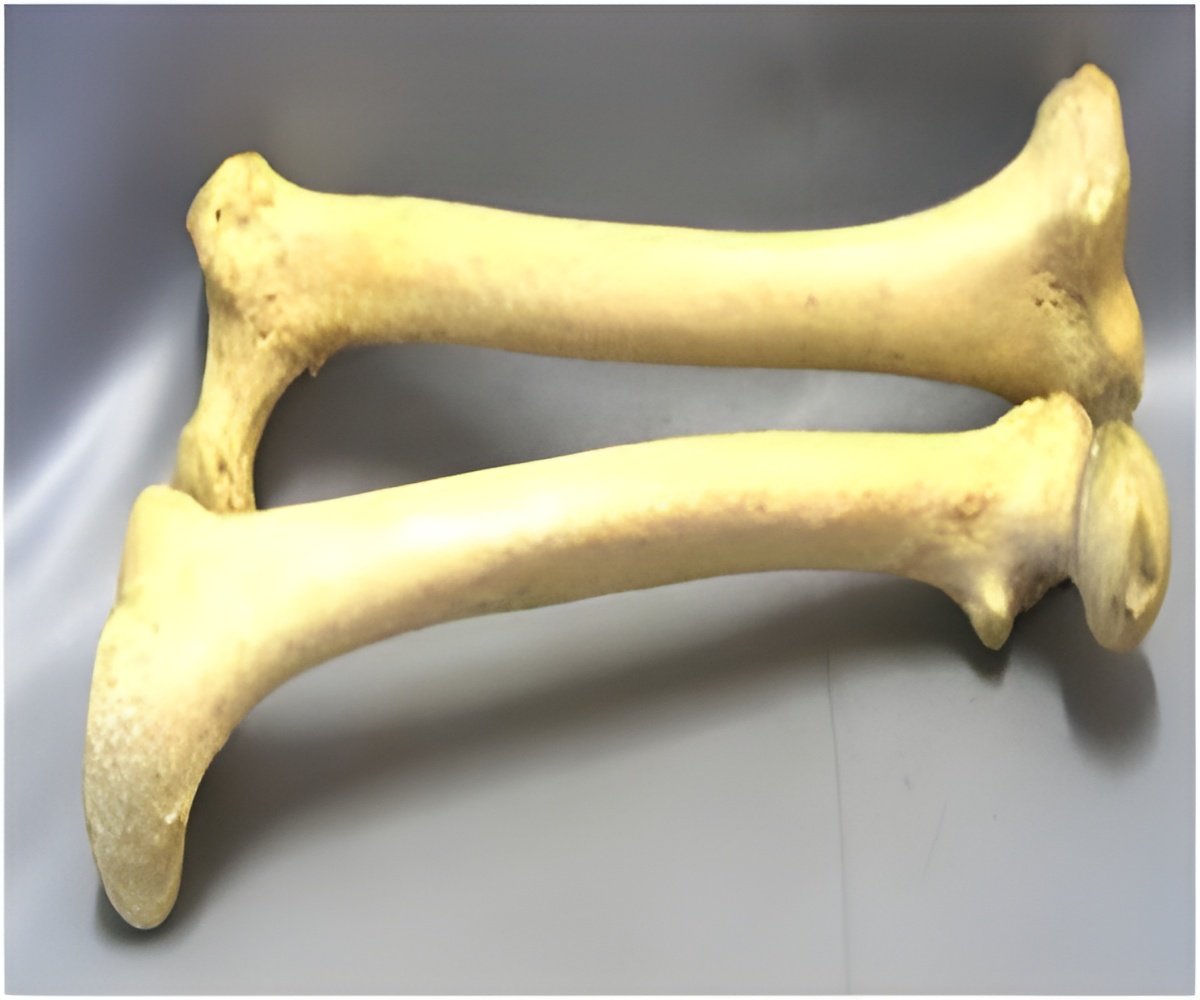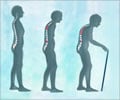A new approach to treating brittle bone disease, a congenital disorder that results in fragile bones that break easily has been unveiled by Baylor College of Medicine researchers.

"There are many genetic causes of brittle bone disease in children and adults," said Dr. Brendan Lee, professor of molecular and human genetics at Baylor and a Howard Hughes Medical Institute investigator. "We have discovered many of them but clinicians still cannot easily distinguish the different forms."
Lee said the new study suggested that there may be common mechanisms that cause the decreased quality and quantity of bone in these different forms.
"This identified an important concept in bone disease that while many different genetic mutations can affect the proteins in the bone matrix (like collagen) they act in a common pathway to cause the bone disease – that is they affect how signaling proteins called transforming growth factor beta (TGF) are delivered to cells in the bone," said Lee. "We now have a deeper understanding for how genetic mutations that affect collagen and collagen processing enzymes cause weak bones."
Collagen is the most common protein in the human body, and the four most common types are found in different types of tissues including bone, cartilage, blood vessels, and kidney.
In animal studies, Lee and his colleagues showed that blockade of the TGF proteins using an antibody could restore the quantity of bone in mice with different forms of brittle bone disease.
Advertisement
There are currently drugs in development to block this pathway in humans, so eventually the work can be translated into human studies, he said.
The study is novel because it shows a personalized approach to more effective treatment patients with these forms of brittle bone disease.
"We hope this approach will also be useful in more common forms of osteoporosis," said Lee.
Source-Eurekalert











